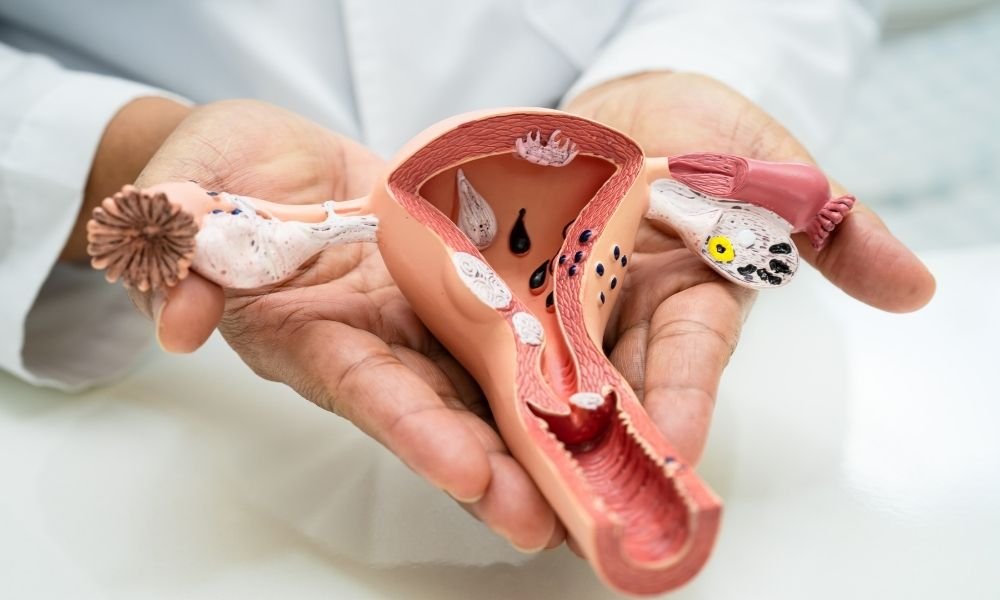What Is Placental Attachment to the Uterus?
The placenta is a vital organ that provides oxygen and nutrients to the baby throughout pregnancy. Normally, after birth, the placenta detaches from the uterus and is expelled. However, in some cases, the placenta may attach abnormally to the uterus. This condition is called “placenta previa” or “placenta accreta.” The obstetrician in Antalya monitors such high-risk pregnancies with early diagnosis to protect the health of both mother and baby.
What Is the Difference Between Placenta Previa and Placenta Accreta?
- Placenta Previa: The placenta is located close to or completely covering the cervix. It may cause bleeding, especially in the later stages of pregnancy.
- Placenta Accreta: The placenta attaches too firmly to the uterine wall. In more severe forms—placenta increta and placenta percreta—the placenta can grow into or even through the uterine muscle.
Both conditions can pose serious risks during pregnancy and should be monitored by an experienced obstetrician.
Bebek Eşinin Rahime Yapışması Belirtileri Nelerdir?
- What Are the Symptoms of Placental Attachment to the Uterus?
- Placenta appearing close to the cervix on ultrasound
- Failure of the placenta to detach after birth
- Risk of severe bleeding
These symptoms are early warning signs especially for placenta previa. The obstetrician in Antalya can assess these risks during routine pregnancy check-ups.
How Is Placental Attachment Diagnosed?
Diagnosis is usually made by ultrasound. Advanced imaging methods (such as MRI) may be used when necessary The risk of placenta accreta increases particularly in women who have had previous cesarean deliveries and requires careful monitoring.
How Are Placenta Previa and Placenta Accreta Treated?
Treatment varies depending on the severity of the condition. In cases of placenta previa, childbirth is usually performed via cesarean section. In cases of placenta accreta, special surgical measures are taken since failure of the placenta to detach after birth can cause severe bleeding. In some cases, a hysterectomy (removal of the uterus) may be necessary. The obstetrician in Antalya aims to protect the health of both mother and baby in these high-risk pregnancies through a multidisciplinary approach.
High-Risk Pregnancy Follow-up in Antalya
The obstetrician in Antalya uses modern imaging methods to diagnose high-risk pregnancy conditions such as placental attachment early and prepares expectant mothers for delivery in the safest way.
